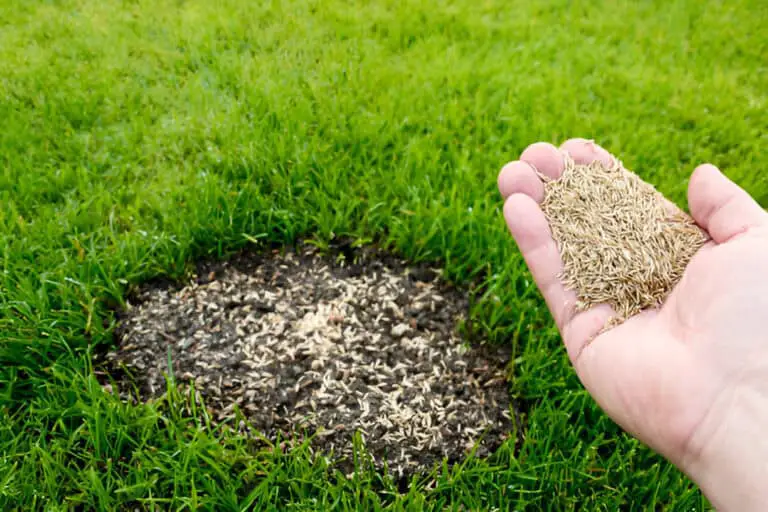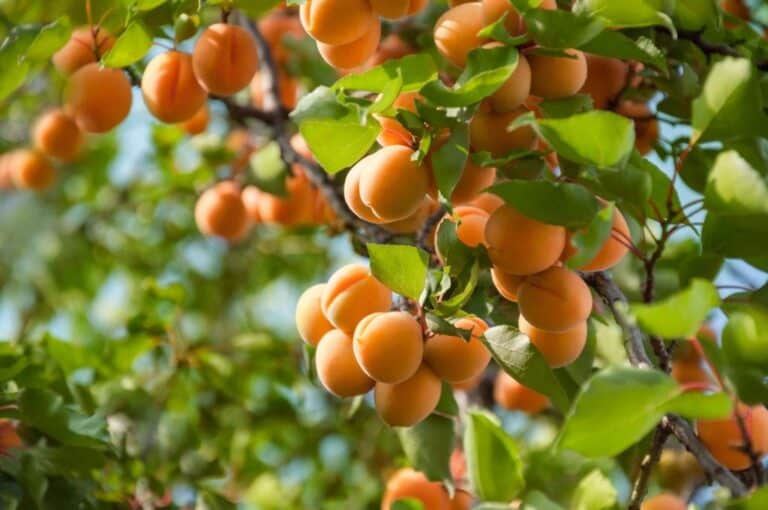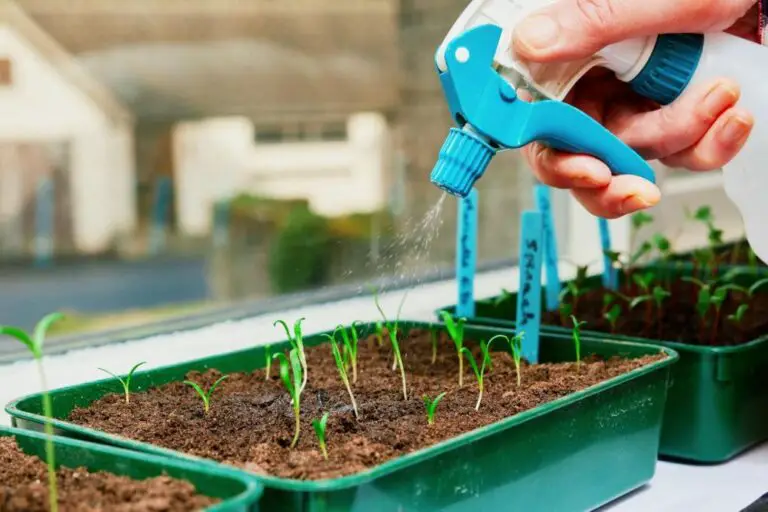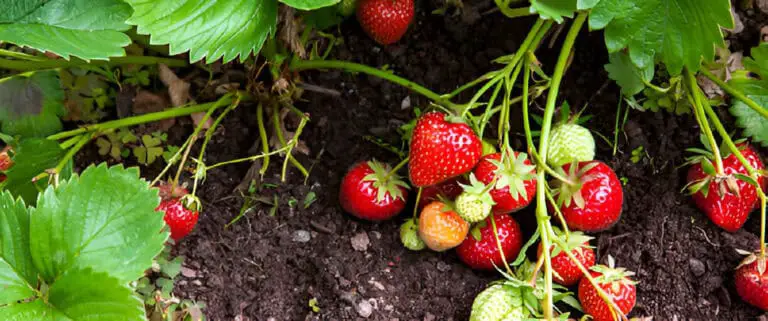How to Increase Bell Peppers Yield Production? (Grow Maximum Harvest)
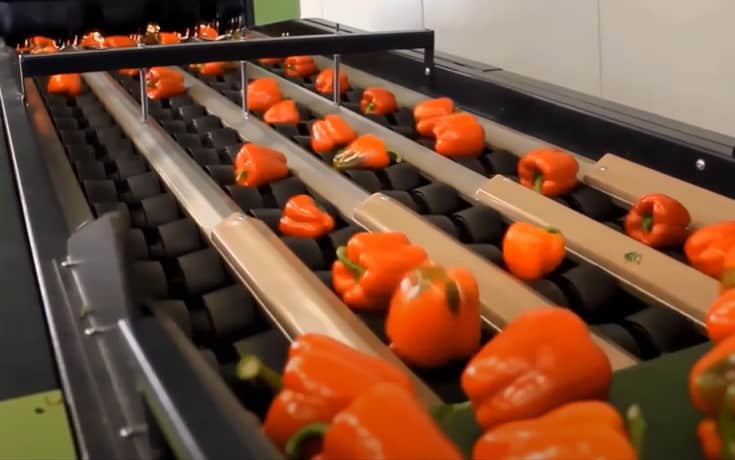
Bell peppers are versatile vegetables with a wide range of colors, shapes, and sizes. There are many benefits to panting bell peppers. They are easy to grow, and the fruits are delicious and nutritious. Most of the varieties are resistant to garden pests.
In order to maximize the yield production of bell peppers, it is important to understand the basics of bell pepper planting and production.
This article will discuss how to increase bell pepper yields by understanding the anatomy of the plant, choosing the right cultivars for your area, and using proper techniques for planting, watering, pruning, and harvesting.
How to Increase Bell Pepper Yields
Starting Bell Pepper Plants Indoors
Starting planting indoors is common practice with bell peppers to increase yields. In areas with a short growing season, starting indoors for the first 8–12 weeks can lead to 2–3 time yields at the end of the growing season.
Make sure to pick flowers off of the bell pepper plants in the first 4 weeks after transplanting them outside. This will keep it in a vegetative growth state during the early outdoor season.
To start bell peppers or anything else indoors, I recommend using compostable starter pots that can be transplanted directly into the ground to avoid any shock during the transplant.
Cardboard egg cartons can be used to start plants by putting a few toothpick-sized holes in each of the egg spots and the top of the carton underneath them. Cut the egg carton into individual pieces when transplanting, and sometimes you have to pull that apart from a little if it hasn’t disintegrated enough.
Hand Pollination
By hand-pollinating, you’re doing what you can to give each and every flower the best shot at becoming a fruit. Bell peppers have what is called “perfect” flowers, meaning a single flower has both male and female parts. Plants with “perfect” flowers are self-pollinating.
Still, there are causes for low pollination. If your peppers are in an area where they have been sheltered from the wind, the lack of branch movement can cause low pollination. To hand pollinate, take a paint brush and swirl it around the inside of the flower.
Potted Plants in a Big Enough Pot
For potted bell peppers, give them a pot with 12 inches of depth and at least 3 gallons of dirt per plant to grow in.
Prune Plants
If you know that you want to keep the plant for multiple years, plan on topping the plant once or twice to give it 2 or 4 main stems and a real bush build. If you decide to keep the plant late in the season, it’s not a big deal, and pruning as a whole around the plant will direct growth back into the existing branches. It makes a bushy plant with thick branches anyway.
Prune the bottom of the plant completely 6-12″ from the soil to discourage disease. Later in the season, when bell peppers are nearing their full size, you’ll want to take off leaves that are blocking direct sunlight from the peppers to hasten to ripen.
Avoid Extreme Temperatures
The right temperature for bell pepper plants is 65–85 degrees. Regular temperatures above 90 degrees can cause flower drop and little/no fruit. Temperatures below 60 can do the same.
If you have a heatwave coming, be sure to water more frequently, and shading the plants with cloth or tarp during the hottest hours of the day is a good idea.
Provide Good Soil to Grow
To improve your soil organically, add compost to it every year when you’re done gardening for the season. Call your local city government to get access to huge amounts of compost piled up by the city for collecting leaves and grass clippings.
Adding compost to the soil makes it loamy. Sandy soil drains too freely and doesn’t retain water or nutrients; clay soil gets compacted and doesn’t drain well. Loamy soil has the right texture to allow water, roots, and air to pass through it freely but still retain moisture and nutrients.
Beyond giving the soil a better texture, compost also adds nutrients and beneficial bacteria to the soil.
Are Bell Peppers Annuals or Perennials?
Bell peppers are perennials but are commonly grown as annuals. Bell pepper plants can grow outdoors all year round in USDA zones 9-11. They can be overwintered indoors in cooler zones.
When grown as perennials, bell pepper plants can become very large. With good supplemental lighting, the plants can become large and bushy, reaching 6’x 6′ within a year.
Learn more about bell peppers plant growth stages and how to understand the concept of annuals or perennials plants
How Long Do Bell Peppers Take to Grow?

If you’re growing from transplants that have been grown indoors for 8 weeks, it’ll take 60-90 days until the plant produces mature bell peppers. On bell pepper seed packets, the days to maturity are often listed for bell pepper transplants. So, how long does it take for bell peppers to grow? Bell peppers from seed take 120-150 days to grow.
The first number is the time it will take the bell peppers plant to produce a full size 3″x4″ green bell pepper. The second number, 30 days later, is when the bell pepper will have changed color and be fully ripened.
After transplanting bell pepper plants outdoors, pick off any flowers that develop within the first 4 weeks of being outside. The plant may try to produce flowers and fruit after being transplanted, but this is usually too early in the season.
By picking off the flowers during this time, you can keep the plant growing strong vegetative growth, and it should become a bigger size and produce more bell peppers later in the season.
Do Bell Peppers Grow Better in Sun or Shade?
Bell peppers grow best in full sun, that’s at least 6 hours. However, more is not better with bell peppers. With too much direct sunlight, bell peppers can become sun scalded.
This will show up as dark spots on the skin of the pepper, and these spots can start to rot. A bell pepper with good foliage that covers most of the peppers will help prevent sun scalding.
Temperatures regularly above 90 degrees can cause flowering blossom drops to occur and the plant to not produce bell peppers fruit. If you live in an area with hot summers or encounter a heatwave you should be prepared to shade the bell pepper plants during the hottest hours of the day.
Shade cloths and mulching can keep bell peppers thriving during these times. Here’s an article from the University of Georgia agriculture school talking about the effectiveness of shade cloths and mulching while growing bell peppers in the field.
If you don’t feel like buying anything extra, you can use bedsheets or whatever else to shade the plants during midday.
How Much Water Do Bell Pepper Plants Need?
Give bell peppers 1 inch of water during their early vegetative growth. Then aim for 2 inches of water during blooming and fruit production. Reduce to 1 inch of water after they reach baseball size. During hot weather, give the water more frequently.
As with most garden plants, less frequent deep watering is better than more frequent shallow watering. Deep watering is used less often to encourage robust, healthy root development. Roots are required to dig deep for water, and shallow roots do not sit in the topsoil all the time, which can lead to root rot.
When watering bell pepper plants in pots or containers, take your time. You notice the container is well-watered when water starts to leak out of the bottom. Water will flow out of the bottom if you water too quickly, but the entire container will not be evenly watered.
Best Soil for Bell Peppers
The best soil for bell peppers is sandy loam soil with a PH of 5.8-6.5. To create a more loamy soil, just add compost. This makes sandy soil better able to retain moisture and nutrients and clay soil better drained.
Compost will give your soil better texture, and add nutrients, and beneficial bacteria. Using potting soil is expensive, but it’s nice because you don’t need to add fertilizer.
Fertilizer for Bell Peppers
Jack’s Classic is a good all-purpose water-soluble fertilizer that measures 20-20-20. If you want to give a smaller application, you can cut the amount mixed in half.
For organic fertilizer, I recommend Organic Plant Magic 6-5-5 +9% calcium, 2.6% sulfur, and 1.2% magnesium. It has a lot of different organic materials and 10 different strains of beneficial soil bacteria.
Garden-Tone is another good organic fertilizer. The Herb & Vegetable one linked has an N-P-K of 3-4-4 plus 5% calcium, 2% sulfur, and 1% magnesium and three strains of beneficial soil bacteria.
Bell Pepper Plant Insect Pests & Diseases
Prevention is the best method to avoid pests and diseases from ruining your bell pepper crop. Keep a clean growing area with leaf debris removed from the bed and leaves close to the soil removed from the plants.
Weed regularly to increase air circulation and water and nutrition going to the plants you want. Strong and healthy plants give you the best chance to avoid pest and disease problems.
For all insect issues, I highly recommend the use of neem oil. Neem oil is an organic form of pest control that comes from the seeds of neem trees. The main active ingredient in neem oil, azadirachtin.
You mix the neem oil with water and apply it with a spray bottle. It degrades the insects outer shell and eggs and makes the leaves undesirable to eat. When I see an infestation of spider mites or colorado potato beetles I apply the stuff hot and heavy every 2-3 days and combine that with manual eradication of weebing, eggs, and bugs with my hands. If you don’t want to squash the bugs you can drop them in a bucket of soapy water.
Disease happens through fungus or bacteria. If you find disease, try to prune it away and make sure to throw it in the trash and not your compost pile.
Sometimes we are confused about how to differentiate the symptoms of disease from those of nutrition deficiencies.
I think the best way is that soil nutrition deficiencies should cause the same look through all your pepper plants, and disease will usually be the worst on one or a few plants in one area before spreading. Also, if you haven’t added fertilizer to your soil in a while discoloration is probably due to malnutrition.
Pruning Bell Pepper Plants
There are many reasons to prune bell pepper plants. Overall, it helps increase the yield of the bell peppers.
Removing low growth and sucker branches can keep the soil cleaner and make the plants disease-free. You can direct energy and nutrients toward the plant, resulting in healthier bell pepper plants.
Pruning plants before bringing them indoors to overwinter can help them enter a dormant stage. It makes them survive until the next year with low lighting and little water and nutrients.
Below are a few simple tips to prune your bell pepper plants to get the maximum harvest:
- Trim the stem back to a few inches below the fruit cluster.
- Cut off any branches that cross the main stem or grow too close to the ground.
- Cut off any other branches that are growing too tall or are interfering with the flow of sunlight to the fruit.
- Cut off branches that grow too close to each other or overlap.
- Cut off any branches that grow too close to the ground.
Conclusions
By following the tips mentioned in this article, growers can increase their bell pepper yield production and grow maximum harvest. These tips include using the right type of soil, providing the plants with adequate water and nutrients, and using the correct pruning and harvesting methods.
By utilizing these techniques, growers can produce an abundant crop of bell peppers that will be enjoyed by consumers.
By increasing production, you can save time and money while also providing a healthy and delicious vegetable to your family and friends.


